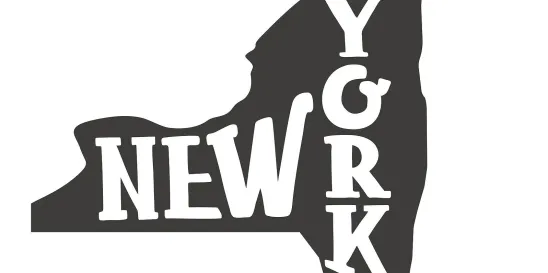The tide may be turning in employers’ favor in New York with respect to frequency of pay claims. Such claims have been the bane of many employers’ presence in the state since the Appellate Division, First Department’s 2019 ruling in Vega v. CM & Assoc. Constr. Mgt., LLC. In Vega, the court interpreted New York Labor Law (NYLL) § 198 as authorizing a private right of action to recover liquidated damages, prejudgment interest, and attorneys’ fees for manual workers paid biweekly in violation of Labor Law § 191(1)(a)’s weekly pay mandate. Vega unleashed a storm of litigation against New York employers, particularly retailers, with purported “manual worker” plaintiffs seeking liquidated damages in amounts equal to the late payments due to employer adherence to biweekly rather than weekly pay schedules. The potential exposure in such cases for New York employers can be high, particularly when coupled with the NYLL’s six-year statute of limitations. Two major developments this week, however, suggest relief for employers is on the way.
First, on Jan. 16, 2024, Gov. Kathy Hochul, in her annual executive budget proposal, offered an amendment to NYLL § 198 clarifying that liquidated damages are unavailable under § 191 provided the manual worker was paid “in accordance with the agreed terms of employment, but not less frequently than semi-monthly.”
Second, on Jan. 17, 2024, the Supreme Court of the State of New York Appellate Division: Second Judicial Department (the Second Department) issued its highly anticipated decision in Besante Fitzgerald Grant et al. v. Global Aircraft Dispatch, Inc. The Second Department affirmed an order of the Supreme Court, Queens County entered April 20, 2021, dismissing plaintiff’s first cause of action for untimely paid wages pursuant to NYLL §§ 191(1)(a) and 198(1-a), holding (1) a late payment of all wages is not an “underpayment” of wages that triggers a right to liquidated damages under Section 198; and (2) regardless, no private right of action exists for the claimed frequency of pay violation.
Plaintiff Grant was an alleged manual worker who previously worked for defendant Global Aircraft Dispatch. He filed the action on behalf of himself and a proposed class, alleging he was paid biweekly, rather than weekly, in violation of NYLL § 191(1)(a), which also requires manual workers be paid not later than seven calendar days after the end of the week the wages are earned. Although plaintiff acknowledged he was paid all wages owed, he sought liquidated damages, prejudgment interest, and attorneys’ fees for this purported violation pursuant to NYLL § 198(1-a).
In sharp contrast to the First Department in Vega, the Second Department found neither NYLL § 198’s express language nor its legislative history evidences an intent to provide a private right of action to recover liquidated damages, prejudgment interest, and attorneys’ fees where the worker was paid all wages biweekly in violation of Labor Law § 191(1)(a). This decision creates a clear divide among two of New York’s four appellate divisions on whether a private right of action exists to recover liquidated damages for pay frequency violations. In declining to follow Vega, the Second Department reasoned NYLL § 198(1-a)’s plain language supports concluding that NYLL § 198 addresses nonpayment and partial payment of wages, which are distinct from pay frequency violations, and that full payment of wages on a regular biweekly payday does not constitute a nonpayment or underpayment contemplated by the statute. That is, NYLL § 198(1-a) applies where an employee receives a lesser amount than he is owed, not where he receives all amounts owed one week late on a regular payday—an argument New York employers have made since Vega was handed down in 2019.
Further, the Second Department opined that providing liquidated damages as an “additional amount” under NYLL § 198(1-a) contemplates initial recovery of an underpayment as the primary, foundational remedy. Thus, where there is no recovery of an underpayment or nonpayment (which plaintiff was not seeking), liquidated damages are unavailable. Relying on NYLL § 198(1-a)’s legislative history, the court found the section has always been aimed at remedying an employer’s failure to pay wages required by law or contract, not the frequency or timing of wage payments made in full. Because plaintiff acknowledged he was fully paid, he could not seek liquidated damages simply because he was paid biweekly.
Grant is a “win” for New York employers insomuch as it should temper new pay frequency claims and it provides federal courts an alternate appellate decision for consideration on a unique state law issue. But employers are not out of the woods. Grant levels the playing field; it does not win the game, which will go to extra innings in New York’s highest court, the Court of Appeals. And while future legislative developments are potentially on the horizon as well, until they become reality, employers should remain diligent in adhering to NYLL § 191’s pay frequency requirements. Eligible employers who have not already done so should consider applying to the Commissioner of Labor for authorization to pay manual workers less frequently than weekly.





 />i
/>i
